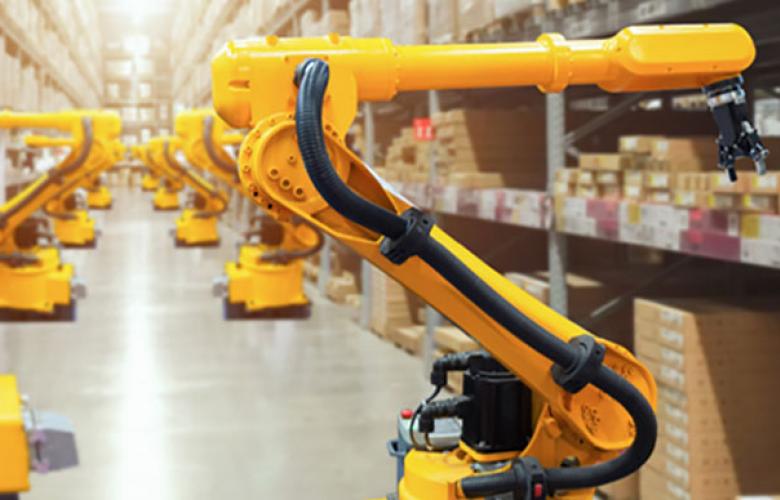Investors mull new avenues into logistics - JLL
Contact
Investors mull new avenues into logistics - JLL
Supply-and-demand mismatch leading many to consider a wider range of solutions. Investment volumes in Asia Pacific logistics assets rose 26% in the first quarter year-on-year and constituted over a fifth of all transactions, according to JLL data.
As demand for industrial real estate rises in Asia Pacific, investors facing stiff competition are mulling new routes into the sector.
Investment volumes in Asia Pacific logistics assets rose 26% in the first quarter year-on-year and constituted over a fifth of all transactions, according to JLL data. Early estimates project first half numbers will continue to further accelerate.
Amid heightened competition, many investors are finding entry or expansion into the sector challenging, according to new JLL research.
“There is a mismatch between demand and supply right now that’s really driving this market,” says Tom Woolhouse, Head of Logistics and Industrial, Asia Pacific, JLL. “It’s making it more difficult for investors to gain exposure to the sector.”
With supply unlikely to rise fast enough to meet demand, at least in the short term, alternate solutions are being considered.
For instance, there’s potential for more sale-and-leaseback transactions in the sector across Asia Pacific, Woolhouse says. Many owner-occupiers are exploring this option to upgrade facilities, repair balance sheets, and implement new technological solutions into warehousing and supply chain management.
On the flipside, companies experiencing a period of growth, for instance due to demand for space to store vaccines, may opt for a sale-and-leaseback to fund expansion plans.
“Sale-and-leaseback transactions will likely rise as a result of competition for logistics and industrial space,” says Woolhouse. “It provides a ‘win-win’ solution for the corporate occupier that needs to monetise the asset for operational needs while allowing the institutional investor access to a steady rental income stream.”
Demographic support
The competition for quality space to fulfill warehousing, supply chain, and manufacturing needs can be traced largely to demographic and consumption shifts in the region, which has seen large parts of the population join the middle class in recent years.
Armed with more disposal income, a tech-savvy consumer base embracing e-commerce platforms has resulted in the growth of the types of logistics assets required to make timely deliveries. E-commerce and third-party logistics (3PL) services accounted for 59% of logistics take up in 2019 and 2020, up from 53% in the two years prior, according to JLL.
“Increased investment into logistics and industrial real estate mirrors changes in occupier strategies for higher quality assets and the shifting composition towards ‘new economy’ occupiers,” says Woolhouse.
These long-term changes are expected to continue to see industrial investment volumes rise in Asia Pacific, despite the short term supply-and-demand mismatch. JLL estimates that APAC logistics investment volumes will double within three-to-five years, with annual investment volumes rising to between US$50 billion to US$60 billion between 2023 and 2025.
“In reality, institutional investors have just begun strategic reallocation of their portfolios and need to increase their exposure to logistics assets by 40% to 50% in the near term as they look to allocate capital into stable income producing assets,” says Regina Lim, Head of Capital Markets Research, Asia Pacific, JLL.
This content was first published online at www.jll.com.au/en/trends-and-insights
Similar to this:
JLL’s Perspective podcast examines how to navigate the industrial supply crunch
Eastern Seaboard accounts for 90% of industrial take-up of space says JLL research







